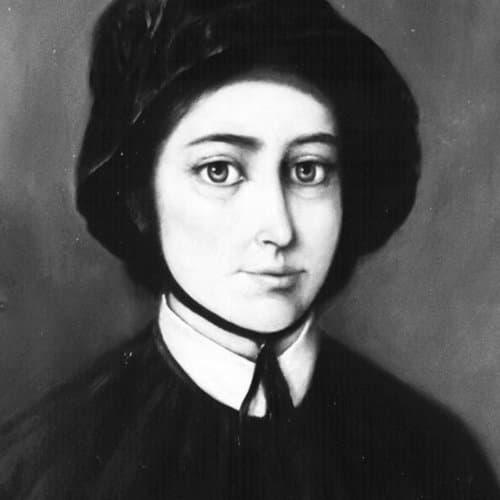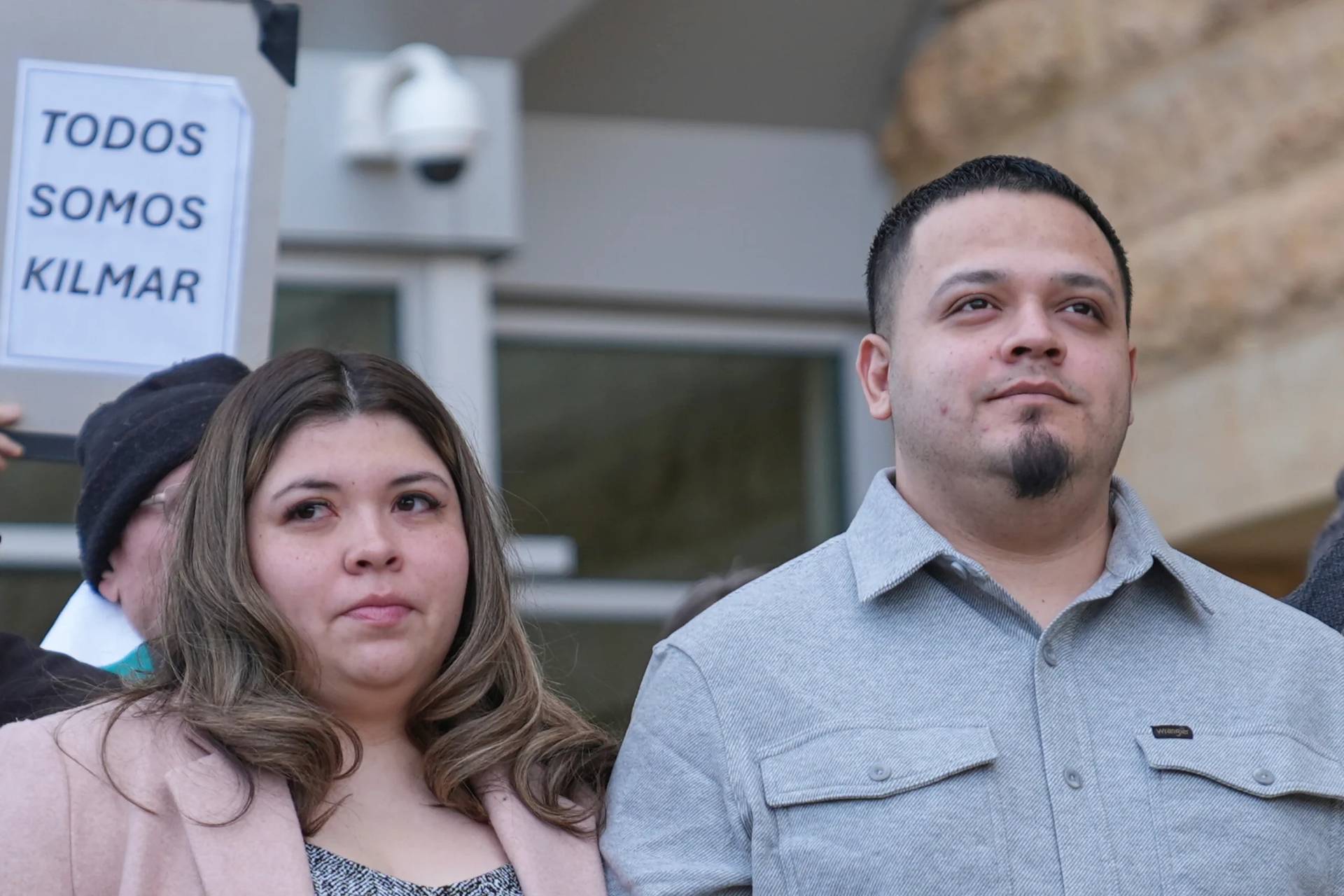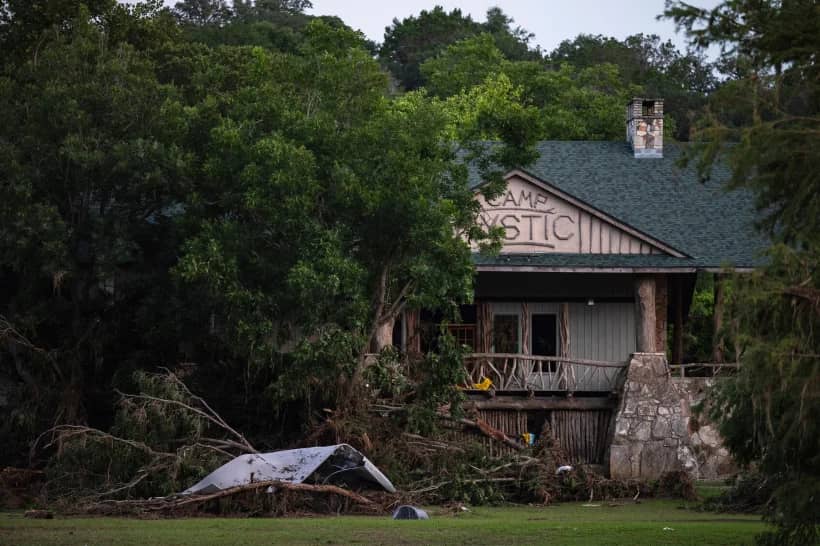EMMITSBURG, Maryland — Elizabeth Ann Seton didn’t have to become Catholic. In fact, every family and social bond pulled against her, not to mention that she was a widow with five children and no means of support.
Yet, she entered the Catholic Church and paid a price, whether it was shunning by family and friends or outright scorn. So, why did she do it? Her own words tell us: “Truth,” she wrote, “does not depend on the people around us.”
Now, the story of how she entered the Catholic Church and eventually became the first native-born American saint and founded the first order of nuns in the U.S. is the subject of “Seeker to Saint: The Cost of Conversion.” This is the latest in a series of videos about Seton’s life produced by the National Shrine of St. Elizabeth Ann Seton.
Seton, who was born into a wealthy Episcopalian family, became a Catholic more than 200 years ago, but her inner struggle resonates today with people facing the same choice: Is it worth the risk of losing friends, family and even your career in pursuit of the truth?
Matt Swaim knows all about this. Raised in an evangelical family, he ultimately joined the Catholic Church and today is the co-host of the popular “Son Rise Morning Show” on EWTN Radio. He also is the outreach manager for The Coming Home Network, which includes EWTN’s “Journey Home” television show, which tells the story of those who made the same decision as Seton.
Recently, he discussed his own decision to become a Catholic and his devotion to Seton.
Q: How does Seton’s journey into the Catholic Church in the early 19th century speak to people today considering such a step?
A: Mother Seton was a child of the Revolutionary War, so she saw a lot of mistrust and antipathy toward Catholicism as the United States tried to mark out its identity as something independent and democratic and a break from the Old World. A lot has changed, but even today, a Protestant who becomes Catholic is sometimes treated like they’ve pledged allegiance to a foreign flag.
Today, Catholicism is much better understood by Protestants than it was in the 19th century, but many of our members, especially those who work in full-time Protestant ministry, see in Mother Seton someone like themselves, willing to risk everything to seek that pearl of great price, the Eucharist.
Q: What sort of risks and obstacles do people encounter today when considering whether to enter the Catholic Church?
A: For a layperson, the main risk and obstacle once they’ve decided to become Catholic is often what their loved ones will think of them. Sometimes the biggest backlash isn’t from lifelong Protestants, but from friends or co-workers who left the practice of their Catholic faith, and left it angry and not very well informed.
But for those in active full-time ministry, it’s much more difficult. In our work, we refer to them as “primaries,” people who could lose their job if they become Catholic. That includes pastors, but also worship leaders, missionaries and even staff at private Christian schools. For them, it’s not just the loss of a job; it’s often a loss, but also a rediscovery, of their identity in Christ.
A new job will come in time. But what’s a person who has served for years, even decades in ministry to make of that initial call they heard to serve Christ in a pulpit, or classroom, or mission field? Did they mishear God then? Are they mishearing God now, about the call to become Catholic? In addition, there’s no guarantee that the gifts and experience they developed in Protestant ministry will be utilized in the Catholic Church.
Mother Seton was in this same boat. She was overflowing with gifts and experience, but as a Catholic, she had to pretty much start from square one. She really is a model for the people we work with who feel like they’ve thrown everything away by becoming Catholic, and a sign of hope that God isn’t done with their story yet.
Q. How is Seton used by The Coming Home Network?
A: We love Mother Seton at The Coming Home Network! She’s one of us. She knew the joy of feeling drawn to the Catholic faith, but also the heartbreak of loved ones who didn’t understand.
There’s also another sense in which she speaks uniquely to the journeys that our members are on. For many of them from Protestant backgrounds, it’s their interest in the Church Fathers that leads them to Catholicism. They want to find Christianity at its source. In that, they echo Seton who said, “I will go peaceably and firmly to the Catholic Church: for if faith is so important to our salvation, I will seek it where true faith first began, seek it among those who received it from God himself.”
Q: Tell us about your own decision to enter the Catholic Church.
A: Like Mother Seton, I definitely witnessed a lot of anti-Catholicism growing up. Some of it was explicit, in the form of Jack Chick comics, or Christian bands that had straightforward condemnations of the papacy or what they perceived as Mary worship.
But most of it was implicit: the idea that you didn’t need anyone to interpret the Bible for you, that you shouldn’t “go through the motions,” that Christianity wasn’t meant to be a religion, but a relationship. Experiencing scandals and hypocrisy in my Evangelical world led me towards smaller and more edgy groups of Christian friends, especially in the Christian punk and metal scene, if you can believe that’s a thing. But the same thing that led me into that world was the same thing that led me into the Catholic Church: a desire to seek truth, to know Christ and to follow him as he wanted me to follow him.
Q: Describe your personal devotion to her.
A: My devotion to Mother Seton has definitely grown over the past decade. When I entered the church in 2005, I was living in Cincinnati and knew a couple of Sisters of Charity but didn’t really look into their history.
But after a few years of working in Catholic radio and covering feast days, I began to become more interested in her, and then little things would happen: I’d find a holy card of her in a weird place, or realize an odd historical connection to her that I hadn’t recognized before. When I moved to Maryland about five years ago, all of that intensified, because of course, this is her territory. I think that’s when I started to identify my story with her story, and see her as a friend and fellow traveler.
And every now and then, I’ll get odd little winks from her, such as this spring, when someone I’d not heard from in years called me out of the blue from Kentucky to offer The Coming Home Network a first-class relic of her, just days after I’d returned from a visit to her shrine in Emmitsburg. The more I’ve gotten to know Mother Seton, the more real she’s become to me: not just as a fascinating historical figure, but as a heavenly friend in the great “cloud of witnesses” who is rooting for me to finish the race well.
– – –
Judge is executive director of the National Shrine of St. Elizabeth Ann Seton.
















